
All categories
Featured selections
Trade Assurance
Buyer Central
Help Center
Get the app
Become a supplier

(334 products available)
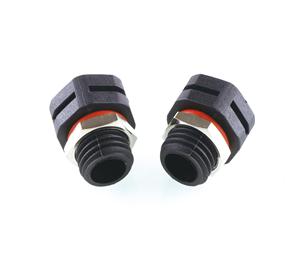
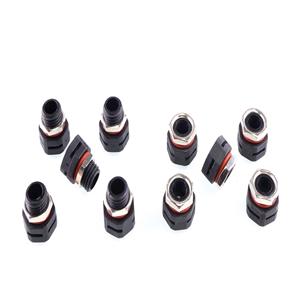
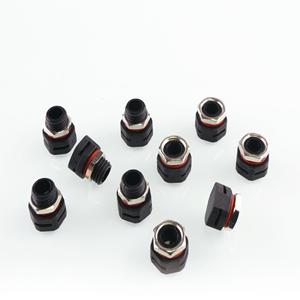

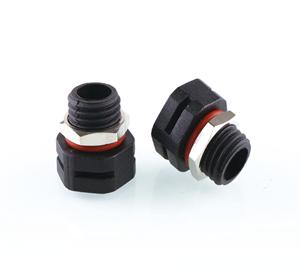























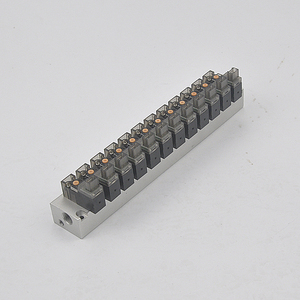
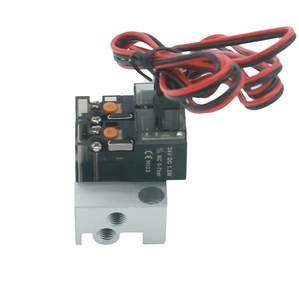






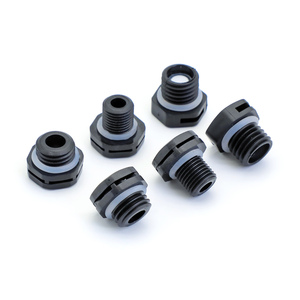



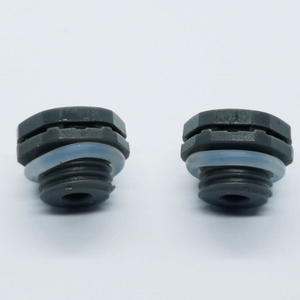



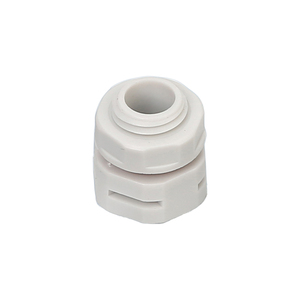


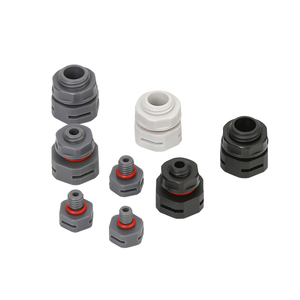
Based on their functions and structures, valves come in various types. They include:
Membrane valves
This valve is pressure-controlled. It uses a flexible membrane to control the flow of air or liquid. The membrane separates the valve from the fluid and thus improves its purity. These valves are primarily used in aseptic processes. In addition, they are used in industries like pharmaceuticals and food processing where hygiene is critical.
Ball valves
These feature a spherical plug with a hole (ball) that rotates to allow or block fluid flow. When the ball's hole aligns with the passage, fluid can flow through. Conversely, when it is rotated to cover the passage, the valve shuts off flow. They are easy to operate and provide a reliable seal. Thus, they are commonly used in many industries for controlling the flow of air or liquids.
Pop-off valves
These are pressure relief valves that automatically release pressure when it exceeds a set threshold. They help prevent equipment damage by releasing excess pressure. Thus, they are vital in industries such as manufacturing and chemical processing, where pressure control is critical.
Solenoid valves
These are electromechanical devices that control fluid flow by using an electromagnet. When the coil is energized, it moves a piston or disc to open or close the valve. This makes solenoid valves ideal for automation in industrial settings. Here, they are used to control the flow of liquids and gases in systems requiring electronic regulation.
Check valve
Also known as a non-return valve, it allows fluid to flow in one direction and prevents backward flow. It helps protect equipment from damage caused by reverse flow. Check valves are widely used in plumbing systems, pumps, and pipelines in various industries.
Float valves
These automatically control liquid levels in tanks or reservoirs. They use a buoyant float that rises or falls with the liquid level, opening or closing the valve as needed. Float valves are essential for maintaining proper fluid levels in water treatment facilities, boilers, and industrial tanks.
Durability is a key consideration for valve pumps in any industry. This is especially since they perform critical functions such as regulating flow, controlling pressure, and ensuring system efficiency. Here are factors that affect their durability:
Material composition
Air valves are made of different materials. They include brass, stainless steel, and plastics such as PVC and polyethylene. These materials offer varying levels of durability. For instance, stainless steel is highly resistant to corrosion and is thus suitable for harsh environments or situations where the valve is exposed to corrosive chemicals or extreme temperatures.
Cyclic fatigue
Repeated opening and closing can lead to fatigue over time. Therefore, durable valves are designed to withstand high cyclic fatigue without compromising structural integrity. Those used in high-traffic or critical applications, such as power generation or oil and gas refining, require high fatigue resistance.
Temperature resistance
Valves are often exposed to extreme temperatures, both high and low. In such circumstances, effective valves must withstand thermal expansion and contraction without warping or losing functionality. High-temperature applications, such as in the aerospace or chemical processing industries, necessitate valves constructed from heat-resistant materials like titanium or high-temperature alloys.
Pressure resistance
Valves must also be able to withstand high pressures without leaking or failing. Those in hydraulic systems encounter tremendous pressures regularly. Durable valves are intended to withstand these pressures while also offering safety features such as pressure relief mechanisms.
Mechanical strength
Mechanical stresses caused by vibrations, flow turbulence, or physical shocks might impact valve performance. Durable valves are built to resist such stresses. This is especially important in heavy-duty applications such as transportation or machinery, where vibrations and shocks are frequent.
Sealing technology
The sealing components of a valve are frequently the first to wear out. Valves with long-lasting sealing technologies, such as PTFE or ceramic, ensure tight sealing and reduce leaks over time. In instances where valve failure caused by leaking threatens safety, such as in nuclear power plants, lasting sealing solutions are critical.
Resistance to mechanical shocks
In many applications, particularly in automotive and aerospace industries, valves may be subjected to vibrations and mechanical shocks. These can lead to seal degradation, misalignment, or even catastrophic valve failure if the valve is not designed to be durable enough. Manufacturers often employ specific materials and damping techniques to ensure the valve can absorb or withstand shocks without impairing function.
Assess business needs
Valves are used by different industries for various purposes. For example, agricultural irrigation systems use valves to control water flow. Therefore, understanding the customer’s need will help one select the right valve type for them.
Consider valve materials
Valves are made of different materials. These include metals like brass, stainless steel, and aluminum. Others are plastics like PVC and CPVC. Each material has its own advantages. For example, stainless steel is corrosion-resistant and thus ideal for harsh environments. On the other hand, brass is strong and easy to work with. Business owners also need to consider the fluid or air the valve will be exposed to. They will help in deciding which material to use.
Valve size
The valve size is determined by the pipeline size or the equipment to which the valve will be installed. Using a valve of the wrong size will negatively impact airflow and system efficiency. Conversely, installing a valve that is too small will increase back pressure and working time. A large valve, on the other hand, will cost the business a lot and take space in the working area.
Type of valve
There are different types of air valves. They include automatic valves that open and close on their own, manual valves that require human operation, and check valves that ensure fluid does not flow backward. Each type serves a different purpose. Therefore, it is necessary for one to get the right type for their customer.
Valve ratings
All valves have pressure ratings. They indicate the maximum pressure the valve can safely handle. When selecting a valve, one must ensure its pressure rating surpasses the average system pressure. This ensures the valve can handle any pressure fluctuation without failure.
Consider operational factors
What is the operating condition of the system in which the valve will be installed? Will it be exposed to extreme temperatures? How about chemical exposure? Knowing these factors will help in selecting the right valve. One should also consider automation. Businesses that require high performance and reduce human error often go for automated valves.
Budget
At the end of the day, the price of the valve will determine if the buyer will purchase it or look for an alternative. A high-quality valve may be costly. However, it will give value for money in the long run by requiring little maintenance. Additionally, it will provide better performance and durability.
A1.Manufacturers can improve the durability of automatic valves by using high-quality materials to make them. Besides using quality materials, manufacturers should incorporate advanced sealing technologies. These enhance leak prevention and wear resistance. Moreover, performing durability testing in real-world situations can help identify weaknesses and improve the design of the valves to resist adverse effects.
A2.Maintenance is key in increasing the durability of valve kits. It begins with regular inspections to identify signs of wear or corrosion early. In addition, there should be a routine for cleaning the valves to eliminate any accumulated debris or deposits that could impede function. They should also ensure proper lubrication of moving parts to reduce friction and wear. Moreover, timely replacement of worn seals and components should be carried out. Lastly, maintaining an appropriate operating environment aids in preventing exposure to extreme conditions that damage the valves.
A3.Yes, valves that are regularly exposed to elements can be durable. However, the degree of durability will depend on the materials used to make them. For instance, stainless steel valves resist corrosion. Therefore, they are ideal for outdoor applications that expose them to moisture and extreme temperatures. Additionally, proper maintenance can also increase their durability.
A4.Key factors that improve the durability of valve actuators include material selection and sealing technologies. Using durable materials such as stainless steel and high-strength alloys significantly reduces wear over time. Incorporating advanced sealing technologies prevents fluid leaks from external contaminants. This also increases the seals’ longevity. In addition, optimizing the valve design for cyclic fatigue and thermal expansion keeps wear to the minimum. Finally, selecting a compatible valve for the application will be effective in keeping the valve durable.
A5.Durable valve pumps do have a longer lifespan. Moreover, durability directly impacts reliability. Durable pumps are less likely to fail during critical operations. This reduces downtime and maintenance costs. In addition, durability eliminates the need for frequent replacements and saves both time and money.